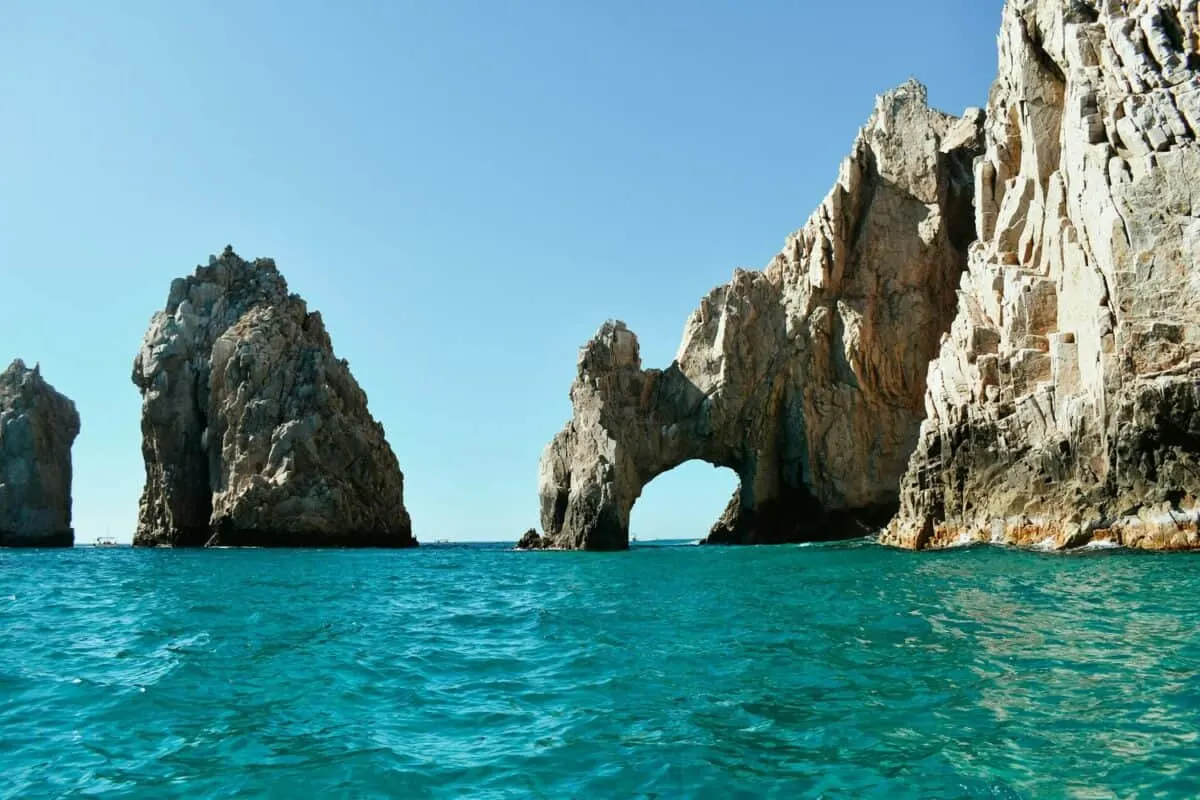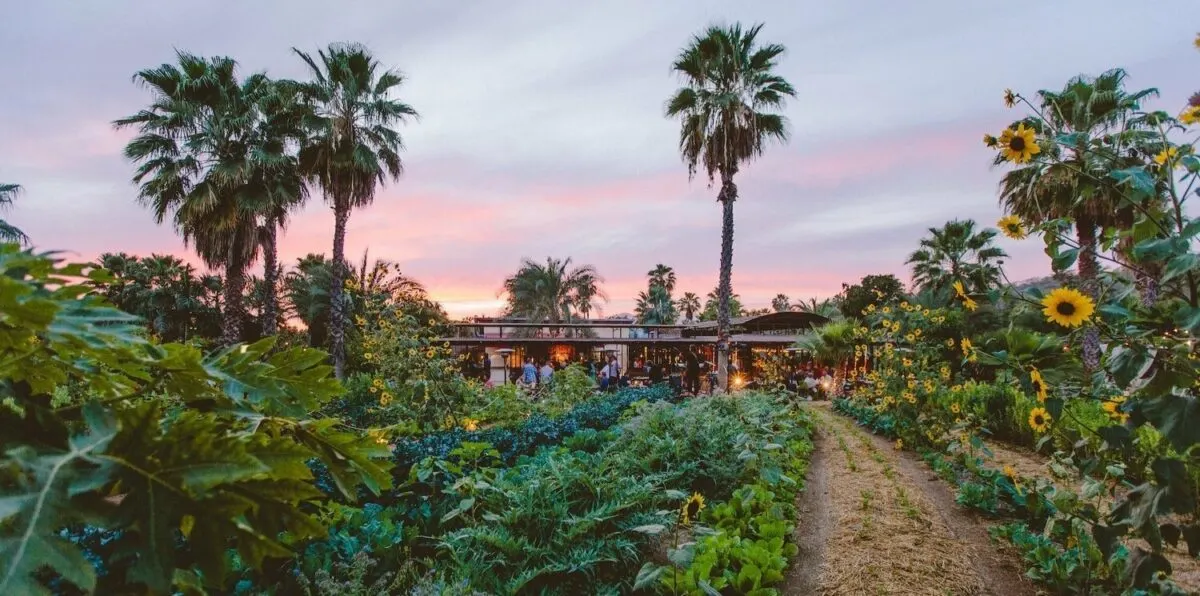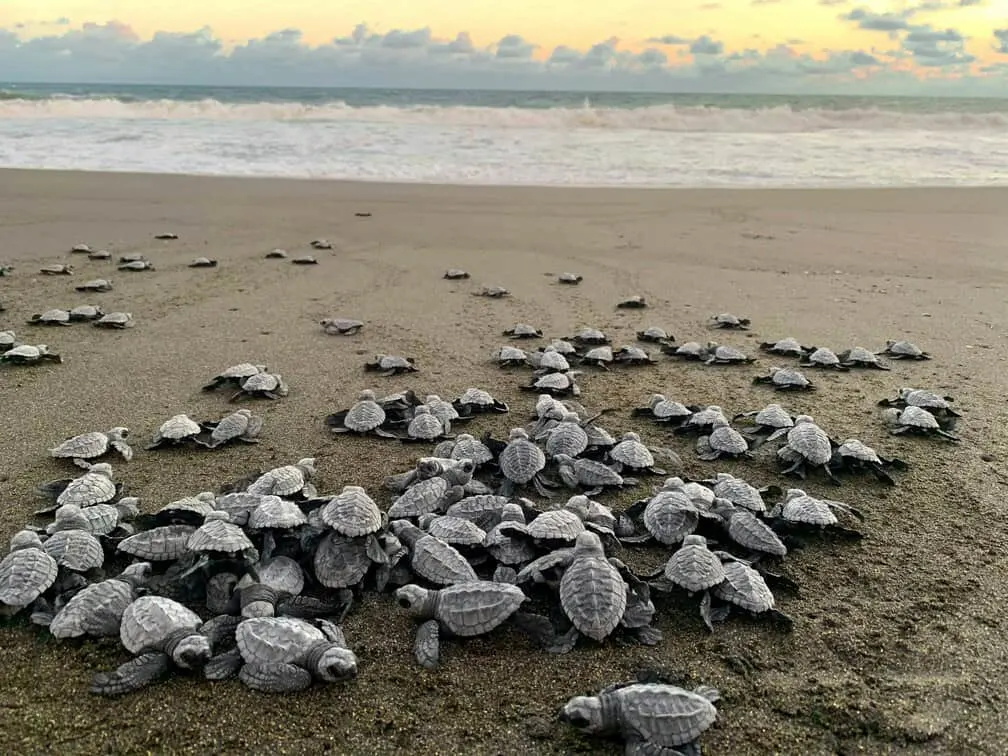
Cabo San Lucas is one of the most popular destinations in Mexico. Known for its rocky arch, wide sunny beaches, and luxury resorts that frequently host celebrities, Cabo doesn’t need an introduction. Many visitors come here to enjoy water activities, savor Baja’s mouthwatering cuisine, and party till the sun goes down.
Most travel articles about Cabo repeat the same activities you can find anywhere: eat tacos, go on a whale-watching tour, or party all night long in popular nightclubs like Wabo Cabo.
There’s nothing wrong with following the well-trodden path. After all, if you heard great feedback from your friend or family member about a specific activity in Cabo, you might be inclined to do the same.
The downside is that many popular places in Cabo can be crowded, especially in the high season (December through April), when many travelers come to Cabo to escape the cold winter up north and enjoy Baja’s sunshine.
That’s exactly why you should get off the beaten path and explore lesser-known things to do in Cabo that will show you a different side of this popular destination.
In this article, we will go over some of the best under-radar things to do in Cabo that will allow you to get away from the crowds, enjoy the outdoors, and get familiar with the Mexican culture.
1. Hike Mt. Solmar
Mt. Solmar is one of the best free things to do in Cabo San Lucas that, until recently, was unknown to the vast majority of travelers. The name is a bit of a misnomer because Mt. Solmar is not a mountain but a craggy desert hill behind Cabo’s famous Land’s End, where the Sea of Cortez meets the Pacific Ocean.
The trail to Mt. Solmar is on private property and can be done only with a guide.
But the good news is that you don’t need to pay a fee or book a guided tour to enjoy this adventure. A local man named Enrique organizes a free walking tour to Mt. Solmar every morning from Sunday through Friday.
The hike starts at a local dog training camp behind Cabo Marina (as of right now, it’s marked on Google, and you can find plenty of reviews if you are interested). The briefing starts at 8 a.m., and the hike officially begins at 8:15 a.m.
As the hike became more popular in recent years, it’s now visited by dozens of people. If you decide to join Enrique and his group on this fun adventure, check his Facebook page for updates.
The trail to the top of the mountain is rated moderate to difficult, depending on whom you ask. It starts flat and gets progressively steeper as you get toward the top with some sections that require scrambling and climbing over the rocks along the way. As long as you wear hiking shoes with a good grip, put on sunscreen, and drink plenty of water you should be fine.
Make sure to pace yourself and take your time to enjoy the journey.
When you climb to the top, you will be rewarded with 360-degree vistas of Cabo’s coastline and surrounding desert hills. It’s a perfect way to start your morning since you get a good dose of cardio and vitamin D.
Although this hike can be crowded during busy winter, the views alone are still worth the effort. Enrique speaks English and Spanish, and he usually takes a couple of dogs on a hike, which makes for a fun experience.
Don’t forget to leave him a tip at the end of the hike.
2. Take a Class at Flora Farms

Located on 25 acres, Flora Farms offers fun cooking and cultural tours.
Frequent Cabo visitors and snowbirds who have been coming here for years know about this place, but first-timers usually miss it. It can be reached by a quick Uber ride from Cabo.
Flora Farms is a local farm offering free art, salsa-making, and gardening tours. You can also join a guided tour of the property to learn more about the ins and outs of this place.
The catch is that Flora Farms requires a tour reservation, so you should check their schedule online before your visit.
After the class, you can enjoy a savory meal from a restaurant on site or grab a colorful handmade souvenir from a souvenir shop.
Although Flora Farms is undeniably touristy, it offers a more intimate experience compared to other tours, many of which have big groups and can feel less personable. If you are a foodie looking to explore Baja’s farm-to-table cooking scene, don’t miss this spot.
3. Grab a Bite at El Merkado, Cabo’s Underrated Food Hall
Cabo is a foodie capital where you can try all kinds of eats, from classic Mexican dishes to Baja’s seafood specialties and familiar Western staples like pizza, pasta, and burgers. With seemingly endless options, you might have a hard time scratching even the most popular and well-reviewed eateries off your bucket list – there are just so many of them!
Many of Cabo’s famed chefs, like Enrique Olvera at Manta at the Cape, Costas Spiliadis at Estiatorio Milos, or Nancy Silverton at Mozza Baja, are acclaimed internationally and frequently featured in Cabo restaurant round-ups and big publications.
But don’t miss out on El Merkato, a quirky food hall with a casual vibe located in Koral Center along the tourist corridor between Cabo San Lucas and San Jose Del Cabo, that will make you feel like you have been transported to a popular food district of New York or San Francisco.
El Merkato puts a modern spin on traditional Mexican gastronomy. Its food is served in a cool setting where European-style decor is carefully blended with Mexican design elements.
This place has a good variety of food, from Mexican to Japanese, Italian, and beyond. You will also have plenty of options if you are vegan, vegetarian, or gluten-intolerant.
But the best part is that prices here are more friendly to your wallet than in many trendy restaurants in Cabo, where a tab can easily go up to a few hundred dollars.
The food in El Merkato usually costs between $8-20 per portion and you can often see it being made on the spot.
4. Surf Along Costa Azul
Cabo San Lucas is home to some of the best surfing beaches in Baja California with consistent waves and breaks for all levels.
If you are a surfer looking to make the most out of your trip to Cabo, don’t miss the popular Costa Azul, a beach with a clear exposed break along Cabo’s sun-kissed coastline that sits between 28th and the 29th km of Baja’s Transpeninsular Highway.
You don’t need to be a surfer to enjoy the views of the Sea of Cortez, and many people come here specifically for that. But if you want to ride a wave, this beach offers excellent conditions and plenty of space.
If you have never tried surfing, you can sign up for a surfing lesson at High Tide Los Cabos, which offers private and group surfing classes.
When you get hungry, there are plenty of places to grab a bite: Costa Azul has several bars and restaurants where you can enjoy lunch with a view.
5. Soak in Santa Rita Hot Springs
Located 90 minutes northwest of Cabo, Santa Rita Hot Springs is a little slice of heaven hidden deep in the Sierra de la Laguna mountain range.
Most visitors never make it here because visiting Santa Rita Hot Springs requires you to join a guided tour or rent a car, plus spend at least half a day on the road. This means the few lucky tourists who decide to go on this adventure enjoy the serene environment of the rugged canyon and soak up healing minerals in these hot springs.
If spending time in a quiet desert oasis surrounded by skinny palm trees and huge boulders sounds like a perfect escape, trade the beach for the mountains for a day and make your way out here.
But it gets better: The hot springs are outside Santiago, a gateway to another natural wonder. Cascada Sol de Mayo is a 40-foot waterfall that cascades into the emerald-green pool where you can take a refreshing swim.
You can visit both natural landmarks on the same trip, but each requires a separate cash fee (about 200 pesos) because they are located on private properties.
6. Enjoy Baja’s Unspoiled Coastline In East Cape
Want to see what the Cabo area was like before all the mass development? Stop at East Cape, one of the last stretches of Cabo’s coastline that still boasts the old rugged feel and delivers magnificent unspoiled views.
Although the area has seen increased development as new properties have popped up along the coast, it still feels a world away from Cabo’s busy atmosphere. If you are craving a break from Cabo’s hustle and bustle, you will love this place.
To access East Cape, you will need a 4X4 vehicle because the only way to get here is by Camino Cabo Este (East Cape Road), a 2-lane road with countless bumps and potholes that require solid driving skills.
Camino Cabo Este is a lonely but incredibly scenic drive. At every turn, you can adore the spectacular desert and spot a few occasional donkeys roaming. It takes some dedication to get to East Cape, but when you do, you will be rewarded with views of the unspoiled coastline that few Cabo visitors get to see.
The area is also home to several small towns including La Fortuna, La Vinorama, and Zacaitos, where you can find some limited options for food and accommodations.
If you decide to come here, be prepared: most of the area is off-grid, and your cell phone service will likely disappear completely before you even get there. Download offline maps or bring paper maps with you.
7. Release Baby Turtles

Olive ridley and black turtles come to Cabo’s beaches from about August to late December to lay eggs in the sand. Although sea turtles are federally protected in Mexico, they still face the threat of illegal hunting in Baja.
Luckily, some conservation groups in the area work to protect these eggs from poachers and predators that often snack on turtles’ eggs buried in the sand.
Rancho Carusiva is a local group that patrols Cabo’s beaches and moves the eggs to a safe location before the new turtles hatch. They also organize daily releases of new hatchlings into the water, guided by a marine biologist who briefs them on releasing the newly hatched turtles without hurting them.
You can book this fun and educational experience on Carusiva’s website. Additionally, some tour companies like Cabo Outfitters, an eco-tour operator, offer a chance to book guided sea turtle releases.
This article originally appeared on Travel Binger.

Daria is an adventure travel blogger who enjoys exploring places off the beaten path, and providing her audience with actionable tips on how they can do the same. When she is not working on her blog, she explores the outdoors, creates content and watches documentaries. She hopes to inspire more travelers to get outside their comfort zone and explore Mexico, Central America and South America, her favorite destinations that offer a mix of outdoors and culture.


